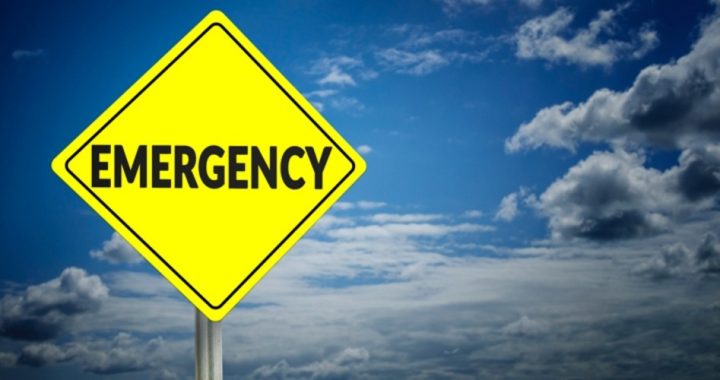
Thanks to the Trump administration’s refusal to stop its policy of catch and release, so many illegal aliens are roaming the streets of Yuma, Arizona, that the mayor declared a state of emergency.
Mayor Doug Nicholls signed the proclamation and warned that the migrant situation is an “imminent threat” to the lives and property of the city’s residents.
At a news conference yesterday, Nicholls said he signed the measure with a “heavy heart” to emphasize the city’s need for help in dealing with the homeless illegals.
Immigration authorities have been dropping off the “migrant” invaders in cities across the southwest for some time.
The Proclamation
The proclamation details the growing threat the “migrants” pose to real Americans perhaps unaware the federal government was aiding and abetting the colonization of their hometown.
The proclamation says the mayor “has determined the United States Immigration and Customs Enforcement policy relating to the mass release of migrant families [into Yuma] … without provisions for adequate food, water, shelter and medical care threatens to cause injury, damage and suffering to persons and property.”
The “humanitarian crisis and threat of injury, damage and suffering to persons or property, including to the migrant families … constitutes an emergency,” the proclamation says, and so “emergency management measures are required to reduce the severity of the local emergency, receive available aid, and to protect the health, safety and welfare of people and property” in Yuma.
The proclamation says local non-profits cannot handle the influx of the migrants, and because the emergency results from catch and release, “Yuma is, or will be, entitled to aid, relief, and assistance; and to the extent necessary for emergency functions” and “to make, amend and temporarily rescind … rules, regulations and ordinances.”
The Arizona Republic reported that the city is the first in the United States to declare an emergency because immigration authorities flooded the city with a horde of poverty-stricken illegal aliens.
National Problem
Nicholls declared the emergency after shelter officials called him Tuesday morning to say the shelter is beyond full. It holds 150, but they told the mayor that the shelter was already over capacity at 200 illegals. Border Patrol then told the mayor it would dump 70 more that morning, and then another 50 by day’s end. That put the shelter 170 beyond capacity.
“Non-profits have done a great job,” he said. He noted that Yuma is not the final destination for the illegals, but the “transportation network is insufficient to keep up with demand.”
The problem goes beyond Yuma, he observed, and he signed the declaration for two reasons.
First, to say that “it is clear that we are in a position that needs to be rectified on a national level not just within the resources” of Yuma. Second, he said, he hoped “to avert the threat of hundreds of people roaming the streets looking to satisfy basic human needs” as well as the “reaction of the citizens of Yuma looking to protect their property and way of life.”
“We need to make sure our that our community is maintained and that the human rights of all the migrants are also maintained and that we have a path forward that respects both,” Nicholls said.
It’s an Invasion
Yuma is just one American city suffering from a “migrant” crisis of biblical proportions.
By the end of March, the Department of Homeland Security had dumped more than 100,000 illegals across the Southwest, Breitbart.com reported. Among the cities clobbered with the migrants were San Diego, with 2,500; Phoenix, with 4,000; El Paso, with 7,500; and San Antonio, with 10,000.
The DHS released 24,000 between March 5 and March 20 alone.
As many as 2,000 illegals are hitting the border every day, Customs and Border Protection figures show — a number well beyond the capacity of border agents to handle. In March alone, 103,492 surged into the country, or some 3,450 per day.
More than 400,000 have streamed in since October.
One of the alarming trends is the arrival of large groups at the border, border authorities said in March, which are not only difficult to process but also provide cover for drug smugglers.
Large groups contain more than 100 people, by the agency’s definition.
A throng of 170, Breitbart.com reported, showed up at the border on Tuesday.
Images: natasaadzic via iStock / Getty Images Plus




